The Circula SuperSport Compressor, And A Look At The Brand
An Affordable German Super Compressor From One of the Oldest Family Owned Microbrands

Gone are the days when microbrands were dismissed as pariahs of the industry. Second class timekeepers to more familiar, established brands. While not all microbrands are created equal, the subset has evolved into bonafide players that give the old pros a run for their money. Given the much smaller scale and freedom from corporate interference, microbrands tend to be design leaders as well in the affordable segment. Circula is a relatively new German microbrand from 2017, although it was actually rebooted from the original brand founded in 1955. We looked at the Circula AquaSport last year and were impressed with its retro design, specs and customization options, and the latest SuperSport is a step forward. Let’s take a closer look at both the brand and this new Super Compressor dive watch, which we present as a preview today, and is due later this year.
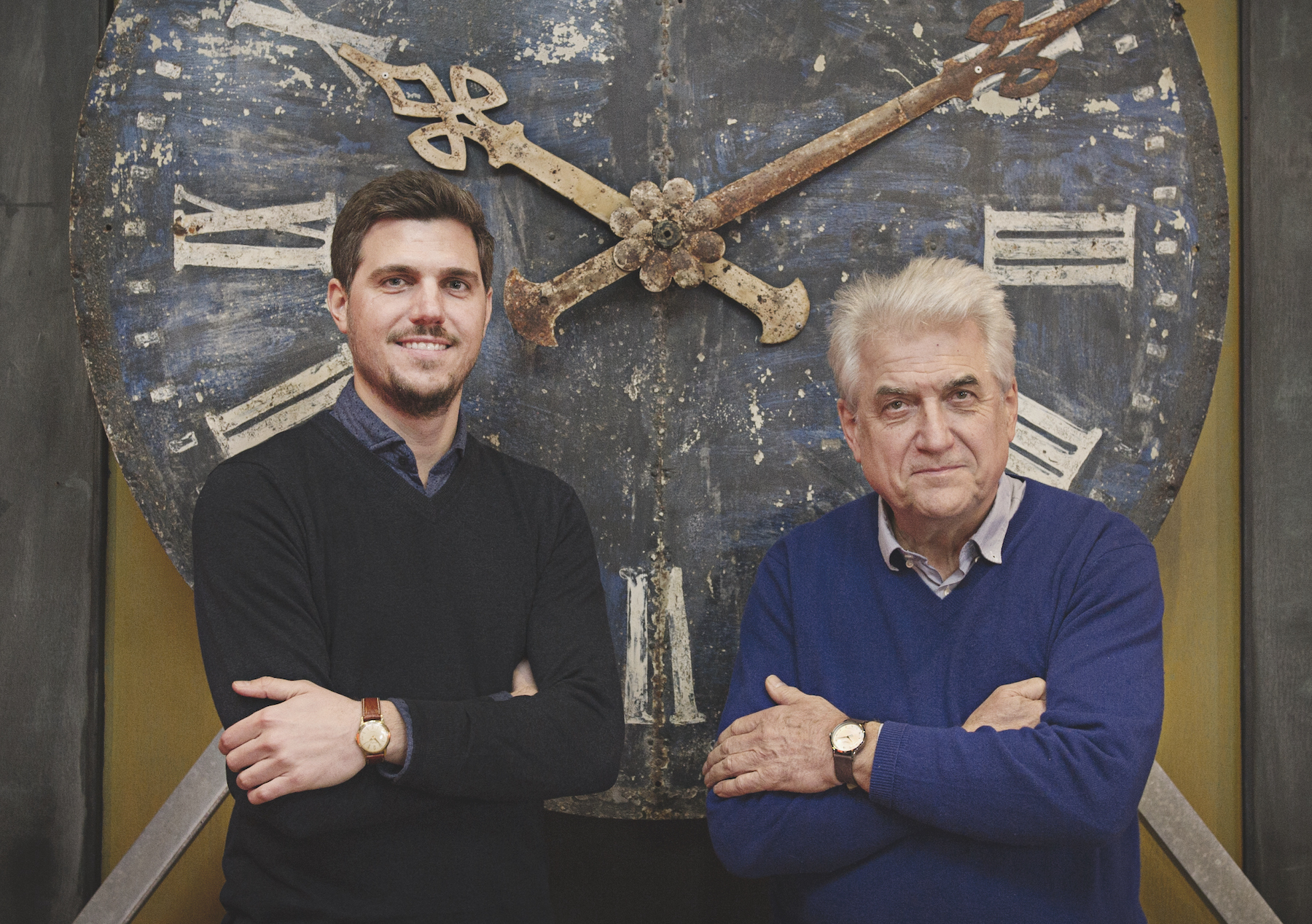
A brand with background
Circula got its start in 1955 in Pforzheim, Germany, known as the watchmaking heart of the Black Forest. Founded by the current head’s grandfather, Heinz Huber, Circula is among the oldest of microbrands with a family history going back six decades. The story really starts in 1926 when Huber & Co. was founded as a jewelry and watch wholesaler. Pforzheim was largely destroyed by the end of World War 2 and Heinz was determined to rebuild the family business, although also ready for a new challenge. Trading watches and jewelry was the company’s foundation, but Heinz now wanted to design and produce his own watches and established Circula in 1955. The name is derived from the “circulation of the balance wheel.”
The quartz crisis that hit in the 1970s had a severe impact on the brand and devastated the mechanical industry in general, although Circula transitioned to quartz watches and hung on until the start of the 21st century. In the early 2000s, the family returned to trading with other companies and watch production ceased entirely. The story doesn’t end here, of course. Enter Cornelius Huber, grandson of founder Heinz Huber, who revived Circula watchmaking in 2017. This renaissance was sparked by a wedding gift from his parents, the first Circula watch from 1955. Cornelius was always a watch enthusiast and decided that day to reboot and modernize the brand, leveraging both crowdfunding and an online storefront to get started. He quit his job as a managing consultant to focus on Circula full time and today offers unique pieces with Japanese, Swiss and even rare German mechanical movements.
A large collection of watches
The 2017 reboot started with Rhonda quartz movements in vintage-inspired, time-only pieces, but Circula soon moved up to mechanical collections. You can still buy these stylish watches in the Retro Quartz collection for under EUR 160, which is a bargain for such well-designed causal/dress watches. If you’re looking for a mechanical counterpart, the Classic Collection has four pieces with 39mm stainless steel cases and Miyota 9015 automatics regulated in Pforzheim. Prices are again affordable at only EUR 335.
Things really get interesting with the Heritage Collection, dress watches using rare German hand-wound and automatic movements from Pforzheim. Specifically, Cornelius found a collector with a treasure trove of disassembled New Old Stock (NOS) movements from Pforzheimer-Rohwerke GmbH (P.U.W.). These German in-house calibres date to the 1970s and are rare examples of vintage Pforzheim watchmaking. Founded in 1932, P.U.W. became the largest German manufacturer of raw movements following World War 2 and was the chief supplier to Pforzheim watch manufacturers, including Circula. The company transitioned to quartz movements in the late 1970s and a large cache of unneeded mechanical movements and parts went to a collector. P.U.W. was ultimately acquired by SMH in 1990 (the Swatch Group today), but those vintage 1970s mechanical movements and parts bring a unique history to today’s Circula. Given the scarcity of these movements, the Heritage collection watches are consequently limited editions. Circula’s watchmakers clean, assemble and regulate each movement to standards comparable to new calibres. Most microbrands use common Swiss or Japanese workhorses, so it’s particularly special for Circula to offer 100% German-made mechanical calibres in watches priced under EUR 1,000.
The AquaSport is a retro 1970s-style skin diver that was designed in part from the suggestions of over 400 contributors at Germany’s largest watch forum. It has a classic pillow-shaped case and smaller (by today’s standards) 39mm diameter. It comes in multiple colourways with three different dial patterns and even has three Swiss movement options. You can opt for an STP 1-11, ETA 2824-2 or chronometer-rated Sellita SW200. There are six models to choose from (with several colour options for each) and all have a water resistance of 200 metres. That’s an impressive range of watches and all harken back to Circula’s original divers.
The New Circular SuperSport
The latest watch is the SuperSport, a Super-Compressor dive watch with a design that again calls on the suggestions of Germany’s largest watch forum. Unlike compressor-style watches from microbrands with two crowns and an internal rotating bezel, the SuperSport is the real deal with water pressure compressing the case back for a tighter seal while descending. The design isn’t finalized as elements are still being voted on by contributors, so here’s where it stands thus far. The 316L stainless steel case dimensions are established at 40mm in diameter and 13mm in height (46.5mm lug-to-lug). Water-resistance will be a minimum of 200 metres, but could move to 300 metres after testing. The solid case back will have a full compressor function and as of now, the crown at 4 o’clock will screw-down, while the 2 o’clock crown will be tested as turn-only (no push/pull function). The domed crystal will be sapphire with an internal, anti-reflective coating. Strap options include a stainless steel bracelet and black Tropic rubber.
The dial and bezel elements have been mostly established at this point, with the bezel having a diver design (instead of GMT) with a detailed 20-minute scale in orange. A small date window at 6 o’clock was chosen over a no-date design and SUPERSPORT will be printed above in orange instead of AUTOMATIC. The dial itself will be black with large white indices filled with Super-LumiNova C3 and there’s an additional detailed track for the hour hand. The hour and minute hands are also filled with white Super-LumiNova, and the seconds hand is orange with a white tip. It’s all coming together as a stylish, capable diver that’s priced better than similar compressors like the Aqua Compressor Endeavour from microbrand Farer.
Powering the SuperSport is a single Swiss automatic this time, the Sellita SW200-1. There’s a EUR 100 upgraded variant, however, regulated as a top grade with a Glucydur balance wheel. The calibre has 26 jewels, beats at 28,800vph (4Hz) with a 38-hour power reserve. Functions include central hours, minutes, hacking seconds and date at 6 o’clock.
Availability & Price
The preorder price is EUR 699 with both the steel bracelet and Tropic rubber strap. The Regular price stays at EUR 699 with just the Tropic rubber strap, but goes up to EUR 799 for both strap options. This is a real value proposition for a proper Super Compressor (especially when comparable pieces like the aforementioned Farer Super Compressor retails for EUR 1,195). As for availability, the final design will be established in April with preorders starting in July. Deliveries are scheduled for October 2021. For more information, visit Circula’s website.


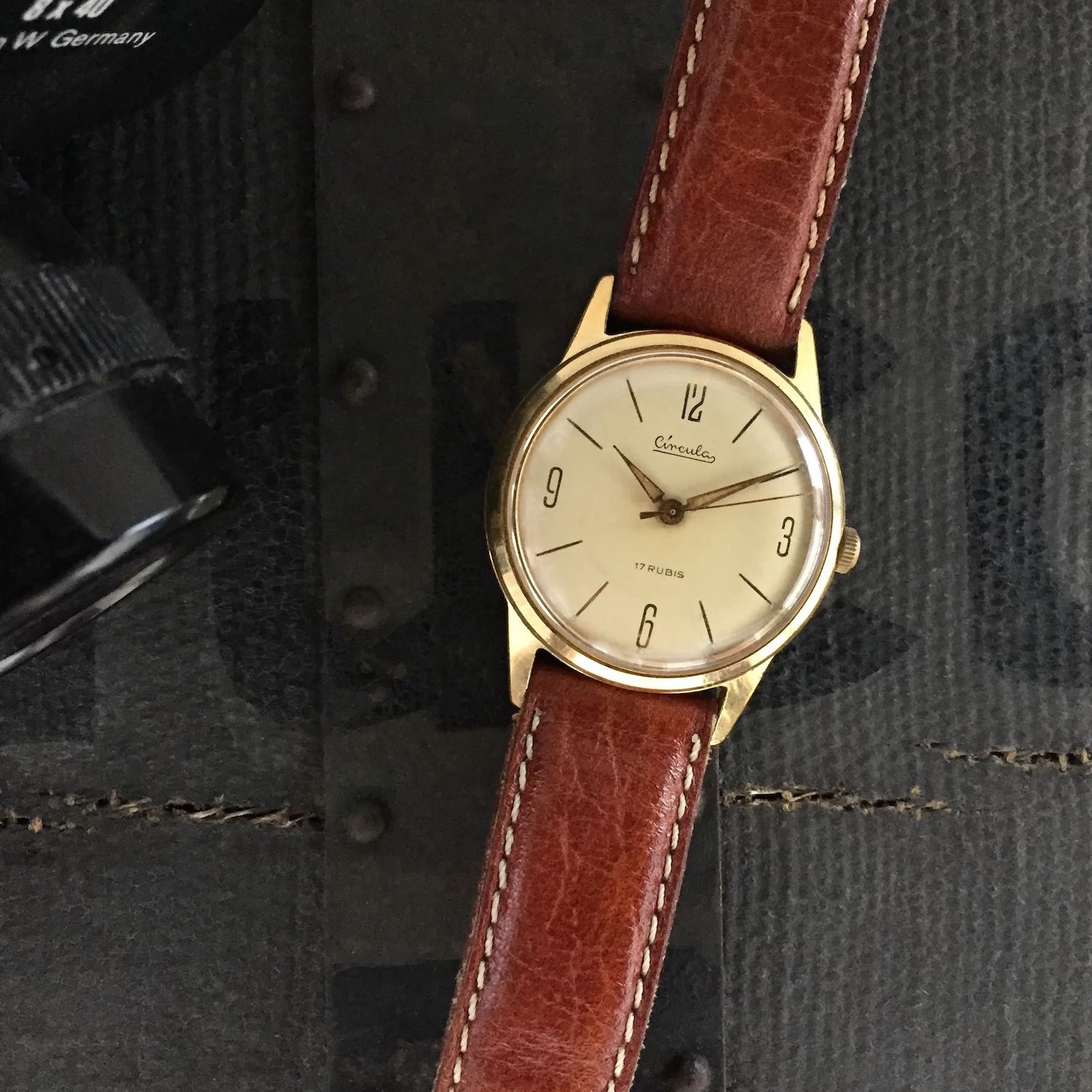
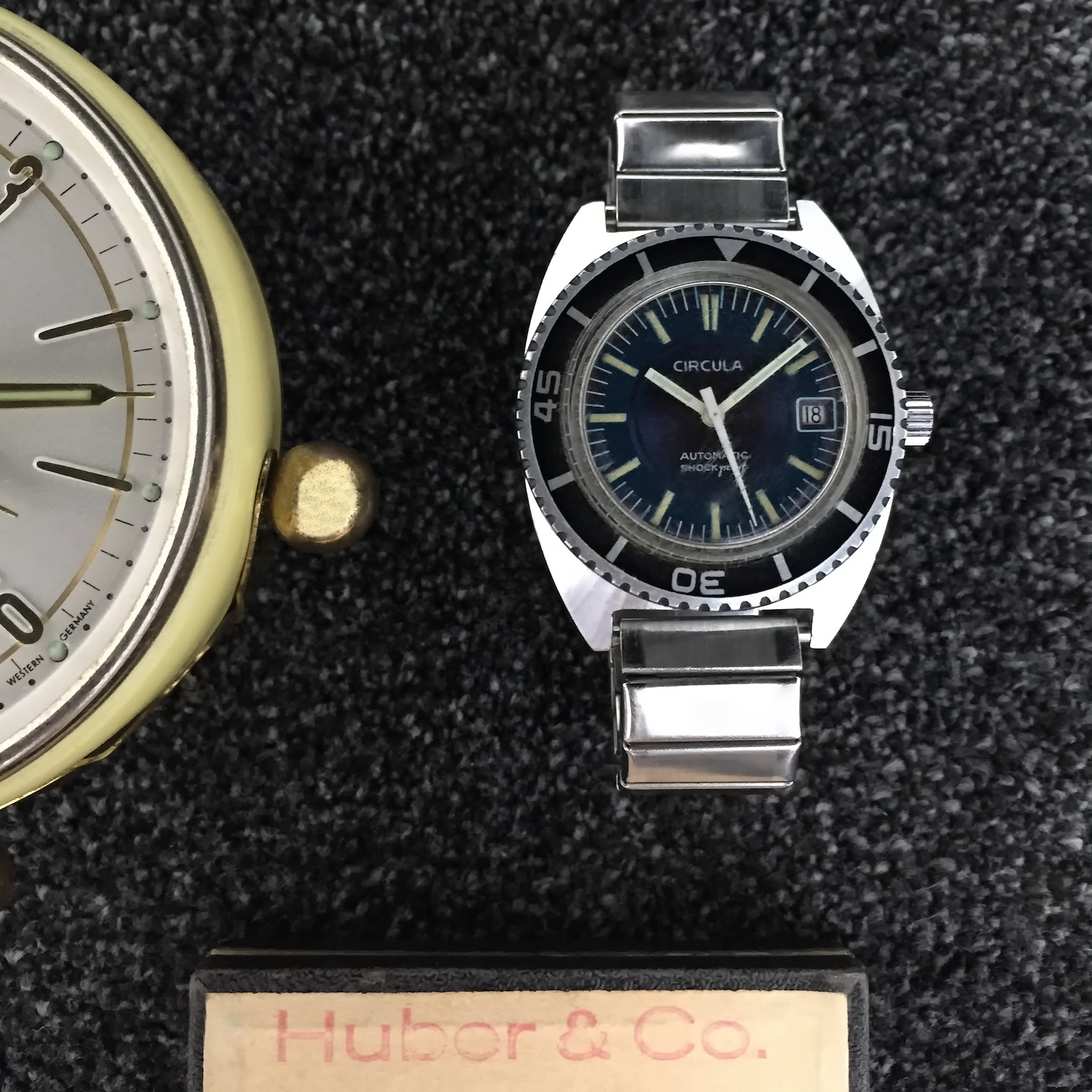
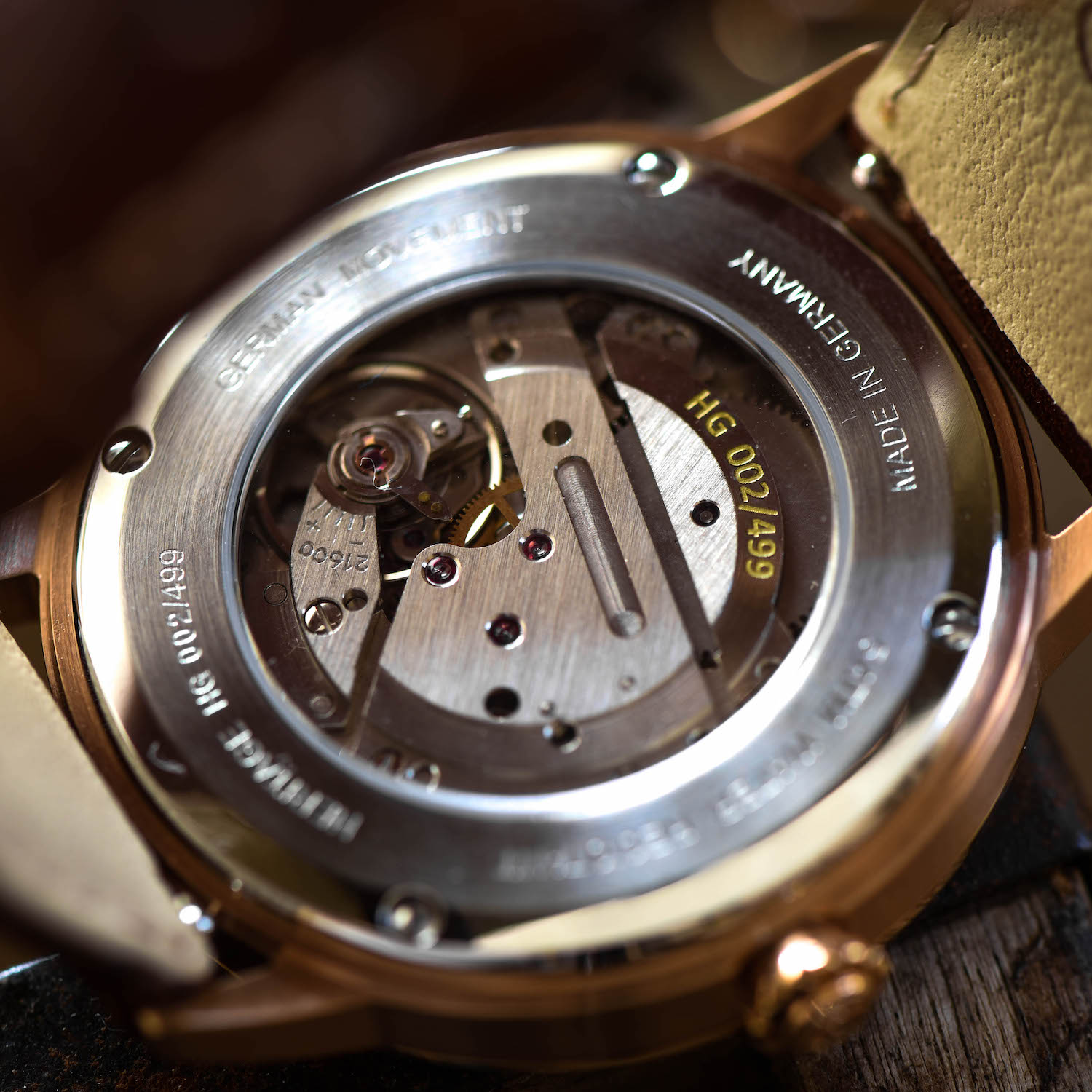
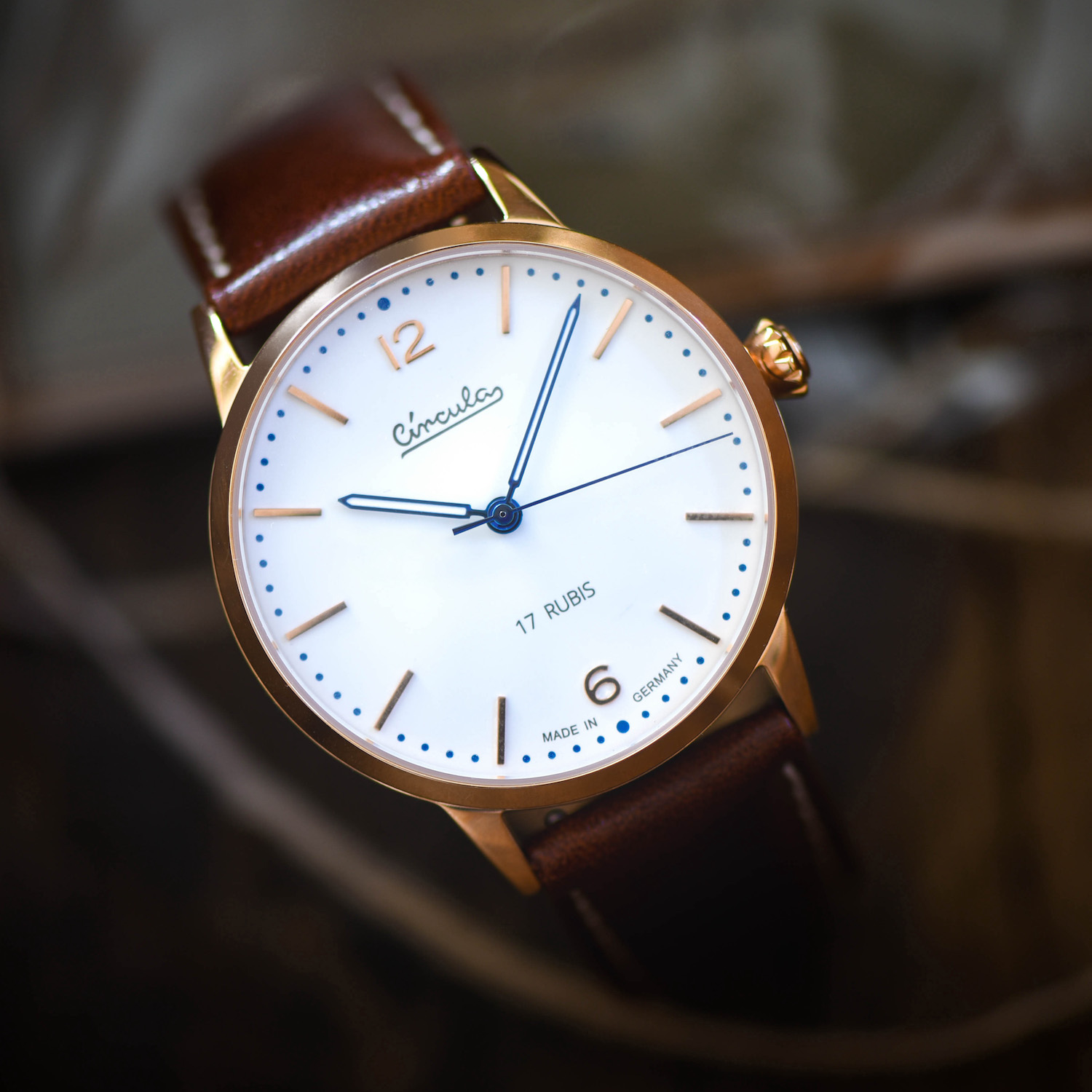


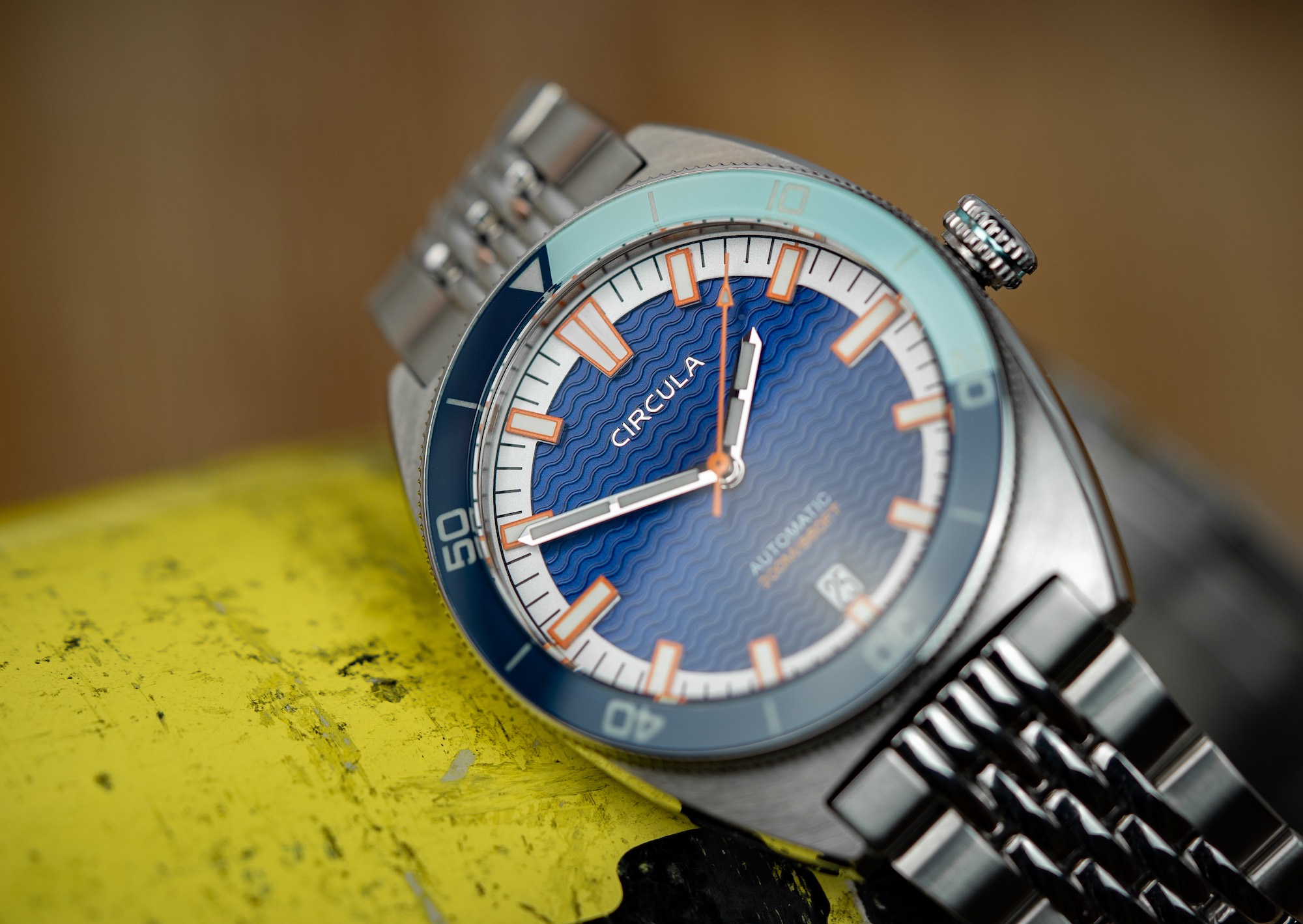

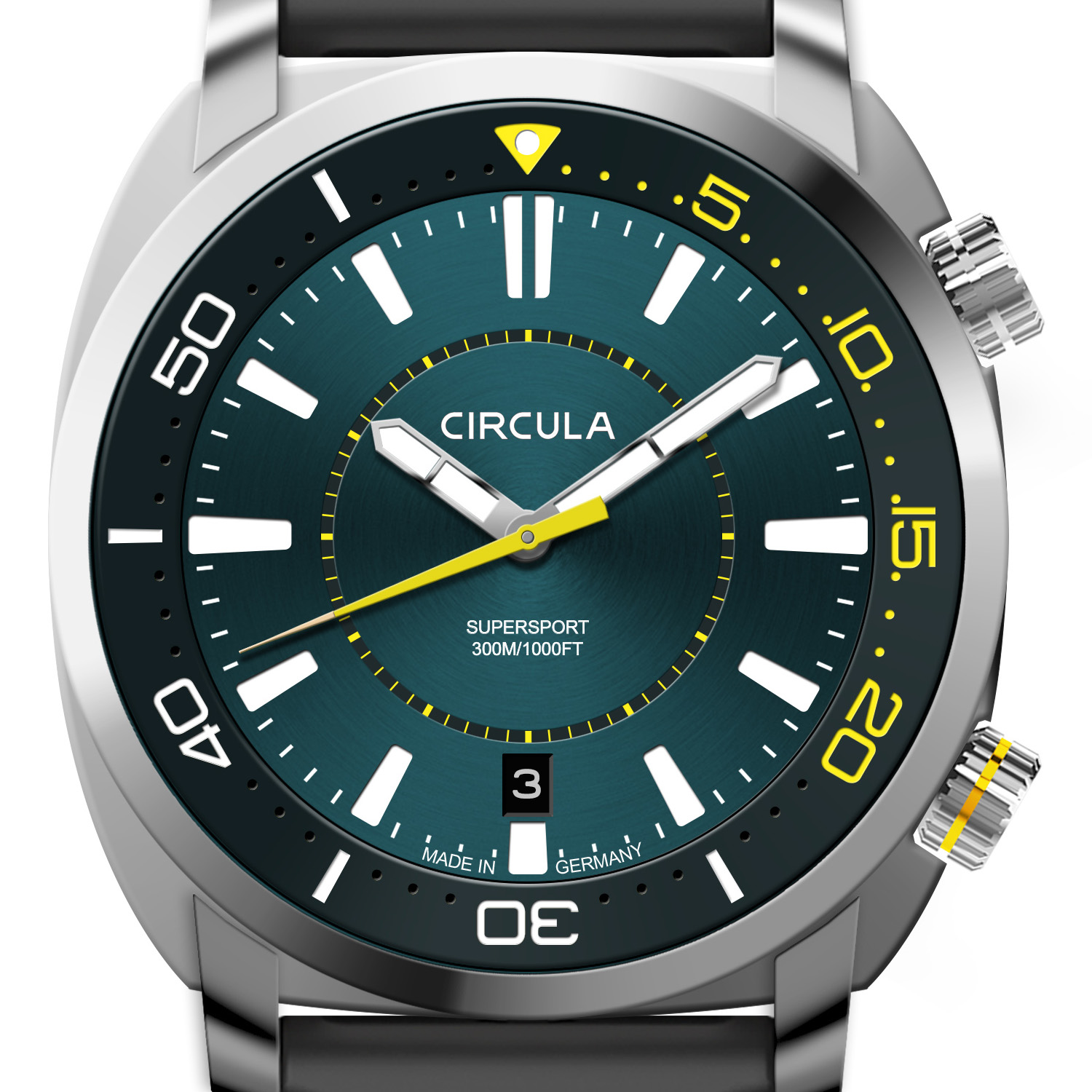
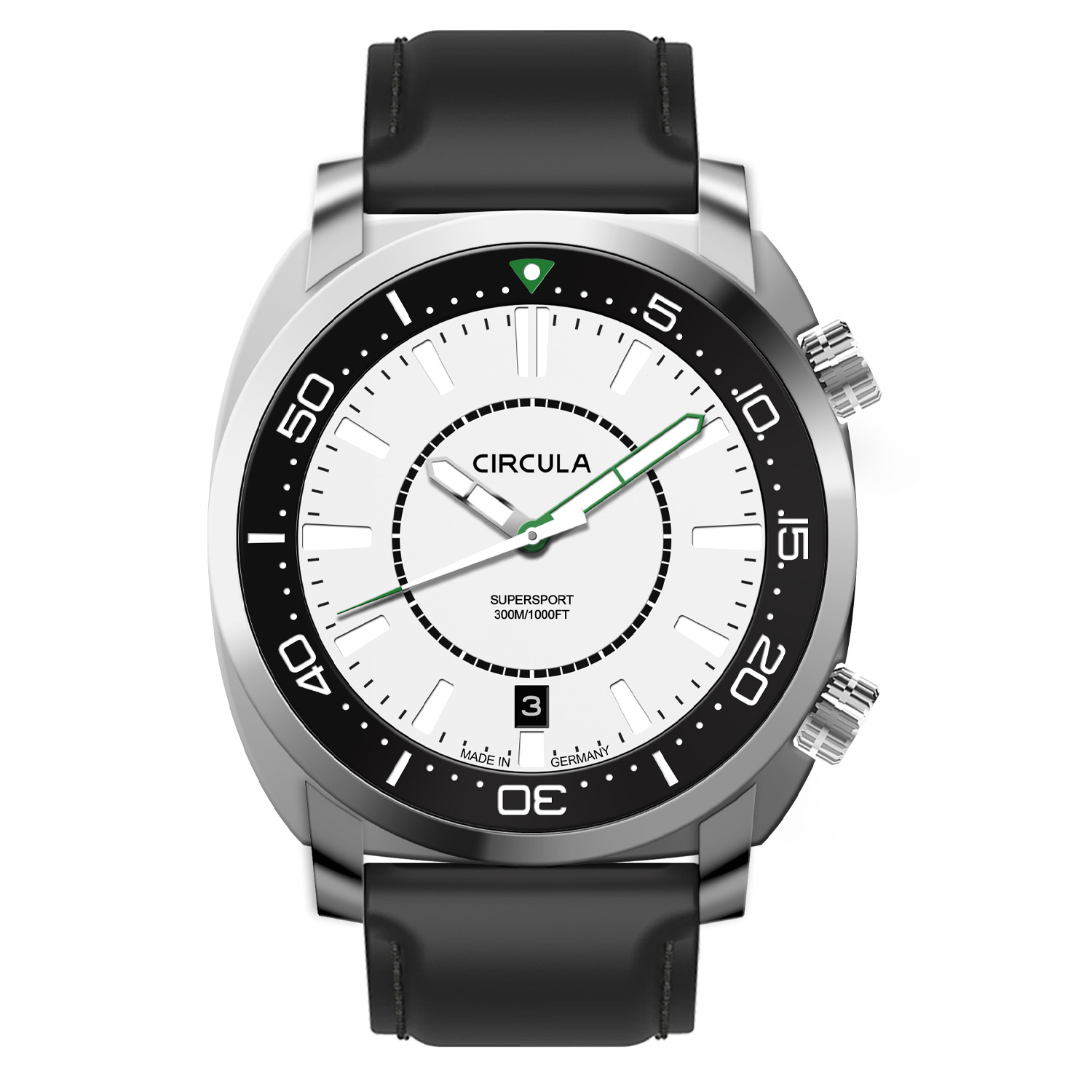
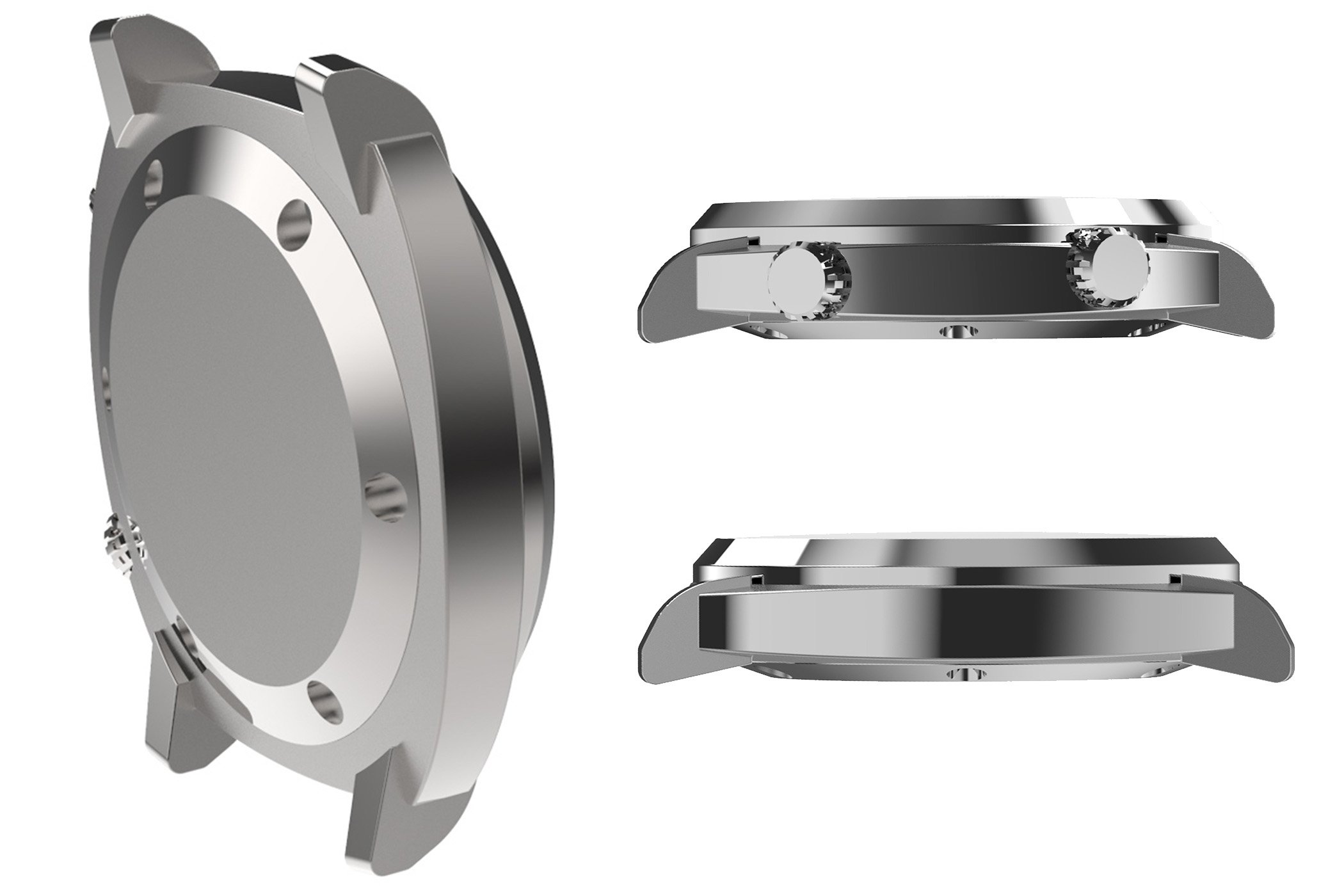



1 response
I met Cornelius at the 2024 Toronto Timepiece Show; he’s a genuinely nice guy, and his enthusiasm for his family’s brand and the art of watchmaking is evident. I’m eager to add a Protrail to my collection, their field antimagnetic watch.